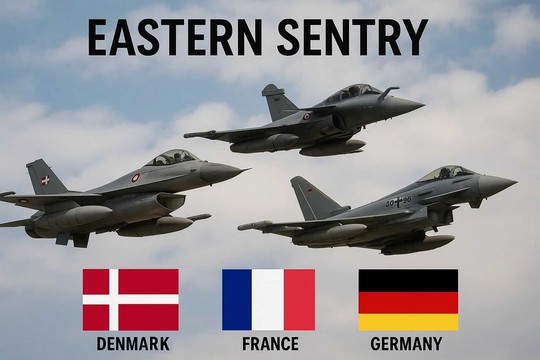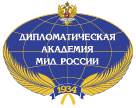NATO is hunting for ways to plug holes in its vulnerable air defenses, POLITICO writes.
In recent weeks, suspicious unmanned aerial vehicles have violated Belgian, German, Danish and Norwegian airspace, drones were tracked over Romania and shot down over Poland, and the military alliance was forced to dispatch fighter jets after three Russian MiG-31 aircraft “loitered in Estonian airspace.”
In response, NATO has unveiled a new Eastern Sentry program that shifts warplanes and air defense systems to frontline countries.
But the threat has also opened a broader debate about whether the alliance’s Supreme Allied Commander Europe, U.S. Gen. Alexus Grynkewich, has enough clarity over what he can and cannot do, given limits called “national caveats” that allies can set for their forces in NATO missions.
“It’s no secret that the more ‘national caveats’ there are on — especially our fighter jet assets — the harder it is for SACEUR to respond immediately,” U.S. Ambassador to NATO Matthew Whitaker said ahead of the summit. “Those are conversations that we’re going to continue to have within the alliance and to make sure that… where they can be reduced, they can be reduced.”
Keeping guard
Publicly, NATO insists it already has all the authority it needs to act on aerial threats.
“I can assure you… when these [Russian] planes would pose a threat, we can do the ultimate,” alliance chief Mark Rutte said. “As long as they don’t pose a threat, we will gently guide them out of our airspace.”
But while Grynkewich is “happy” with the overarching marching orders set by alliance members for each mission — its so-called rules of engagement — NATO’s different aerial missions are “still a patchwork,” said a senior alliance diplomat, who like others quoted in this story was granted anonymity to speak freely on closed-door discussions.
As NATO seeks to strengthen its integrated air defense systems, “SACEUR needs flexibility, he needs a margin of maneuvering,” the diplomat said, “and he needs to get rid as much as possible of national caveats.”
Washington, too, is likely to help with intelligence gathering and coordination for the scheme, one U.S. defense official told POLITICO.
Flexible response
Still, strengthening allied air defenses may also require giving a broader mandate to Grynkewich.
Historically, national caveats have restricted NATO from deploying troops to certain locations and have limited the use of assets for specific purposes, said Oana Lungescu, a fellow at the Royal United Services Institute think tank and former NATO spokesperson, which “made things much harder to coordinate.”
For air defense, it’s about “having greater clarity” on what these limits are for “SACEUR to deploy forces and capabilities,” she said.
Grynkewich is examining the rules on flexibility in missions and national caveats under Eastern Sentry that would incrementally enhance NATO’s response, according to two NATO diplomats and one NATO official. He is expected to present his proposals to allies next year, one of the diplomats and the official added.
Beefing up air defenses along the alliance’s eastern flank and in the Baltic arena will also require new investments and “includes building a layered network of sensors integrated with a common AI-enabled control system,” said a second NATO official, adding that the alliance is using Central Europe “as a test case” for such technologies.
Defense ministers are also expected to discuss joint initiatives between the EU and NATO. The bloc is spearheading several defense initiatives, including its €150 billion SAFE loans-for-weapons program, and is expected to unveil a sweeping defense strategy for 2030 on Thursday.
read more in our Telegram-channel https://t.me/The_International_Affairs

 11:43 20.10.2025 •
11:43 20.10.2025 •























